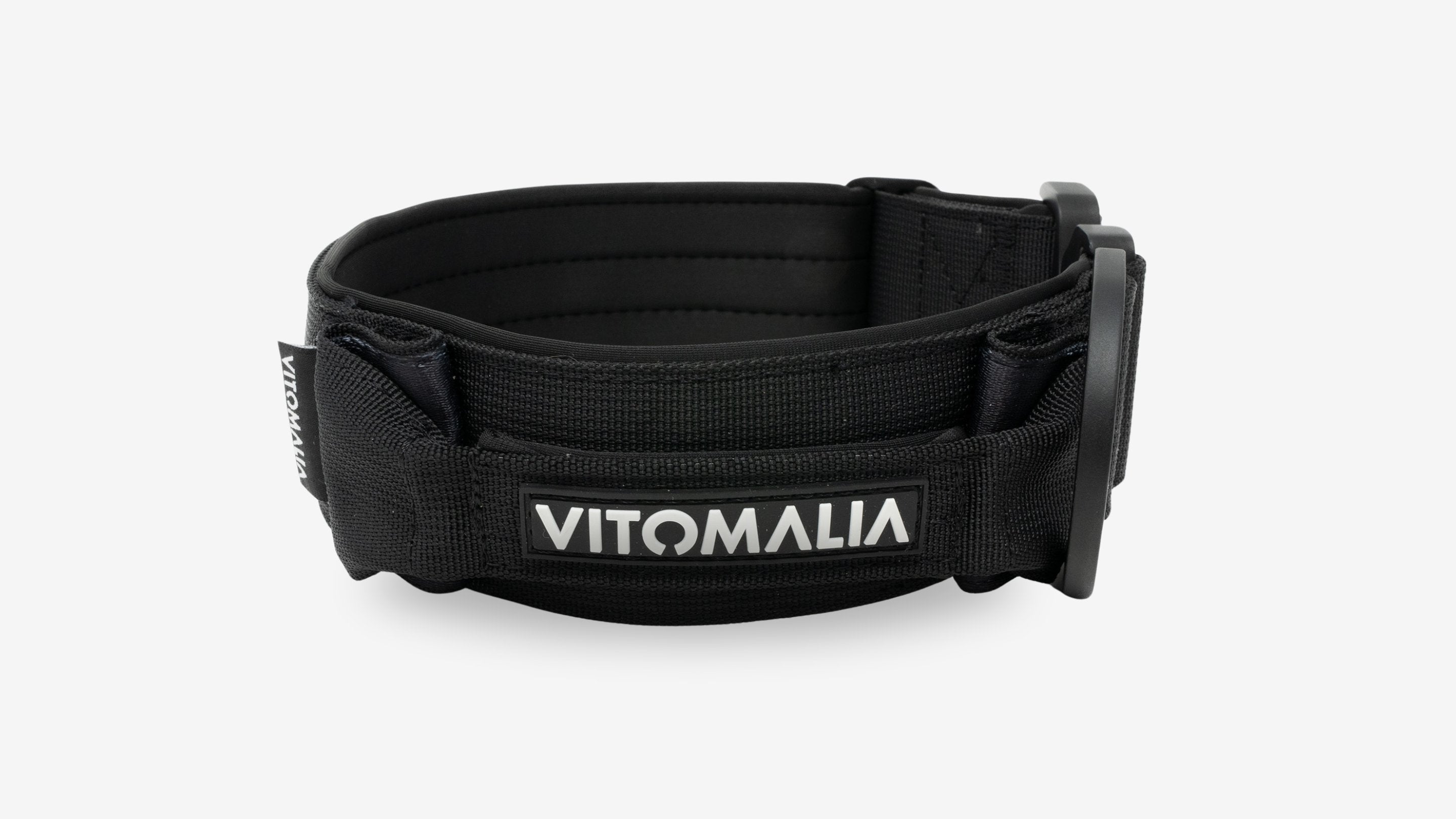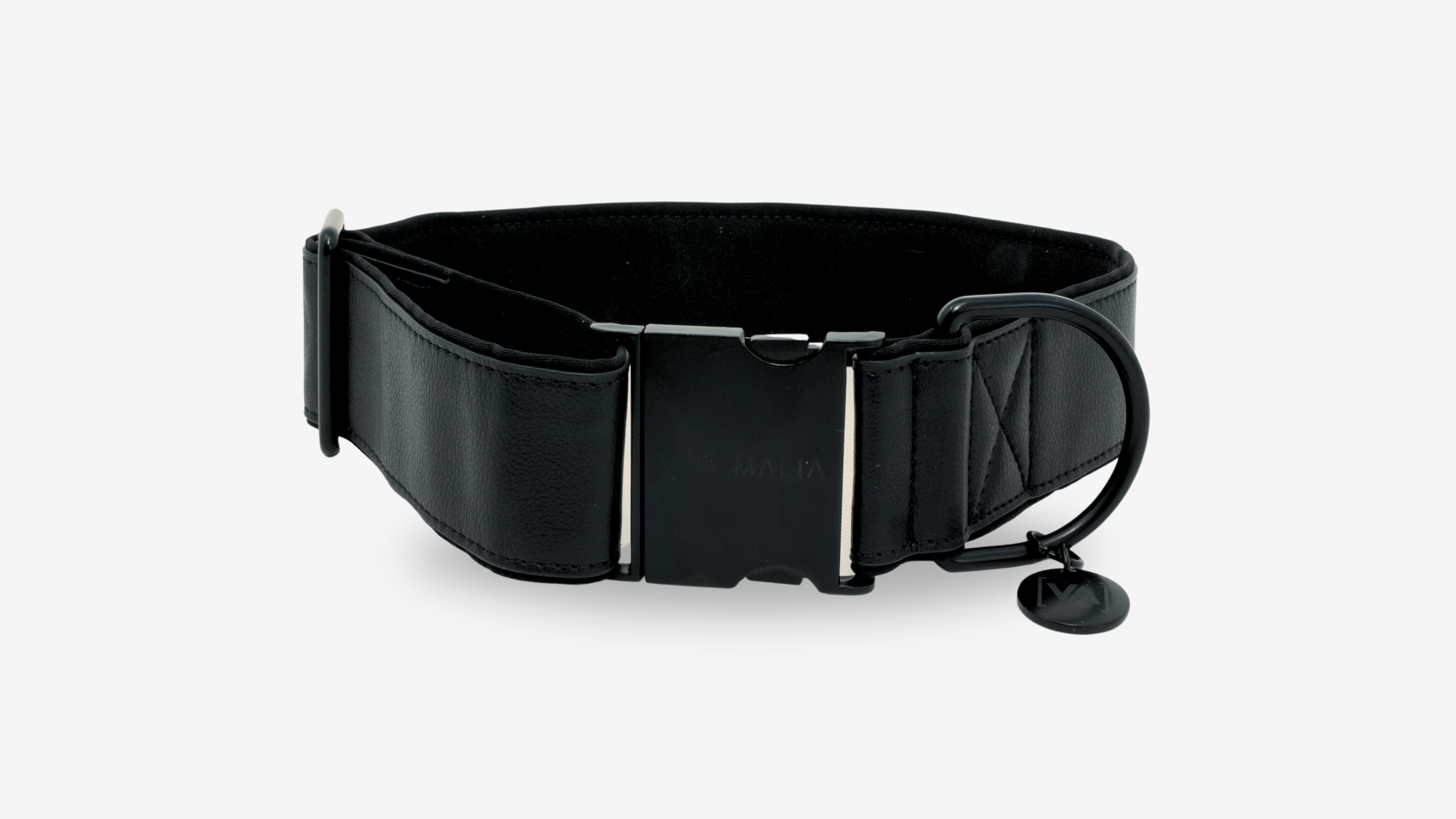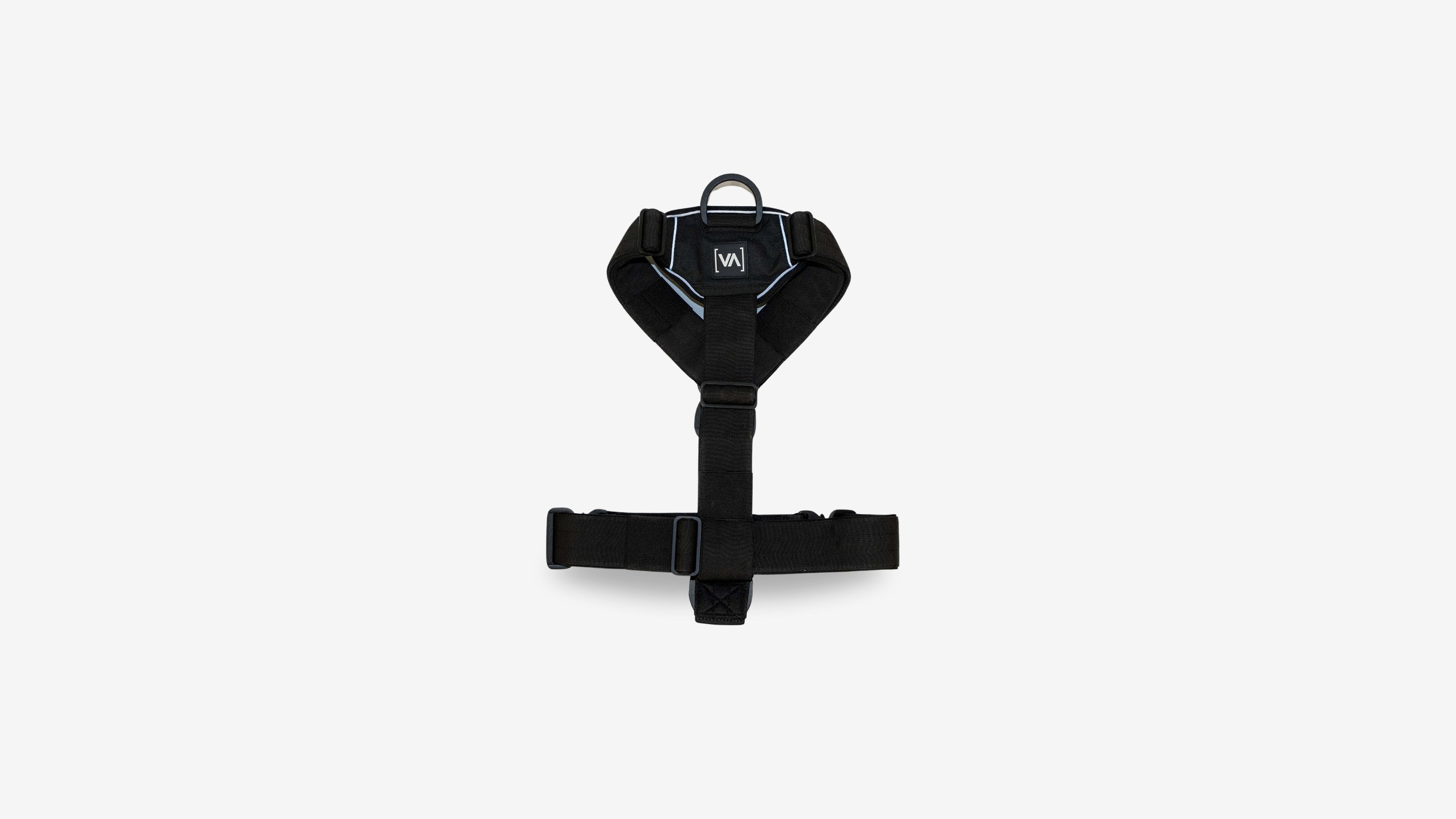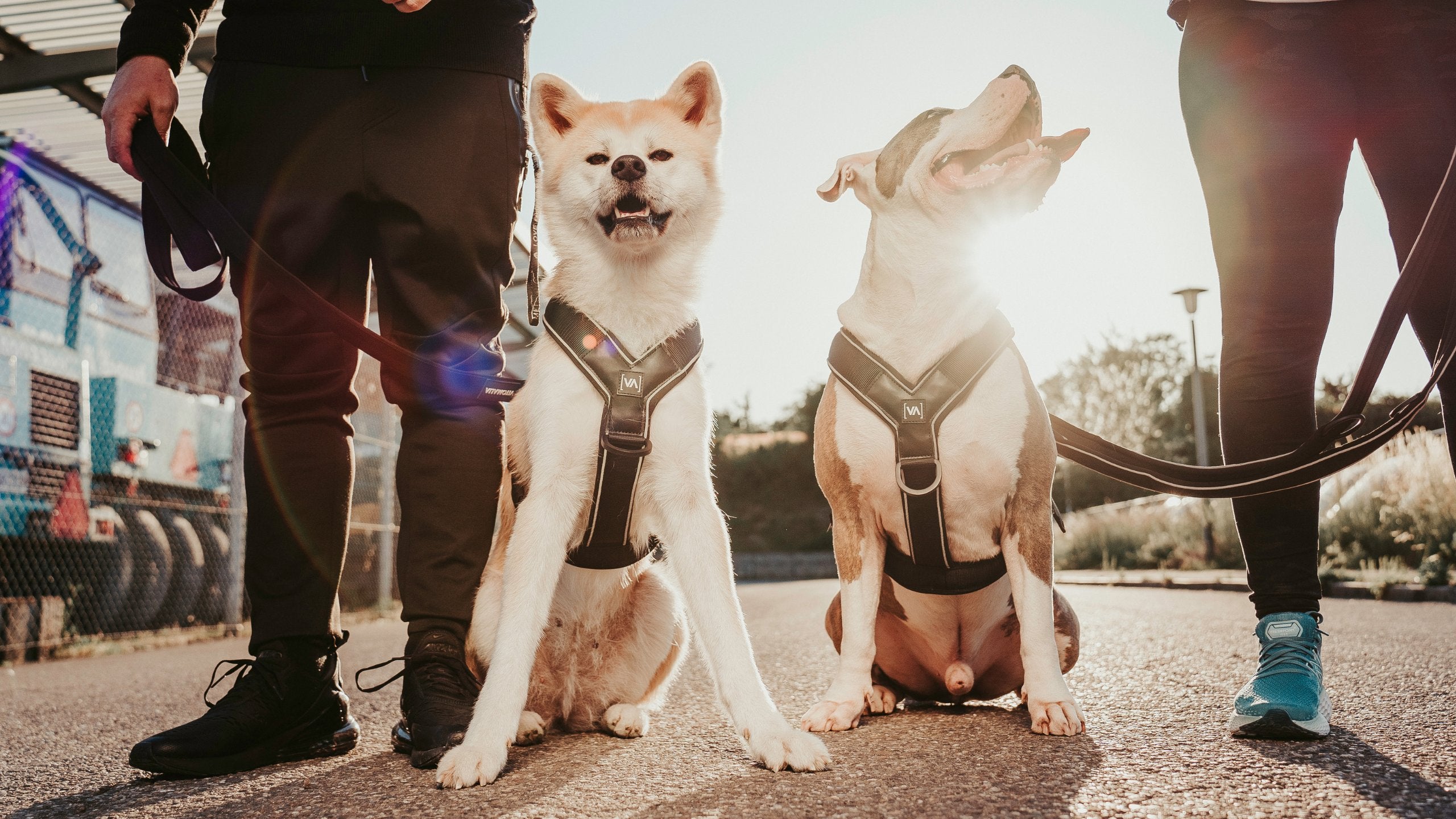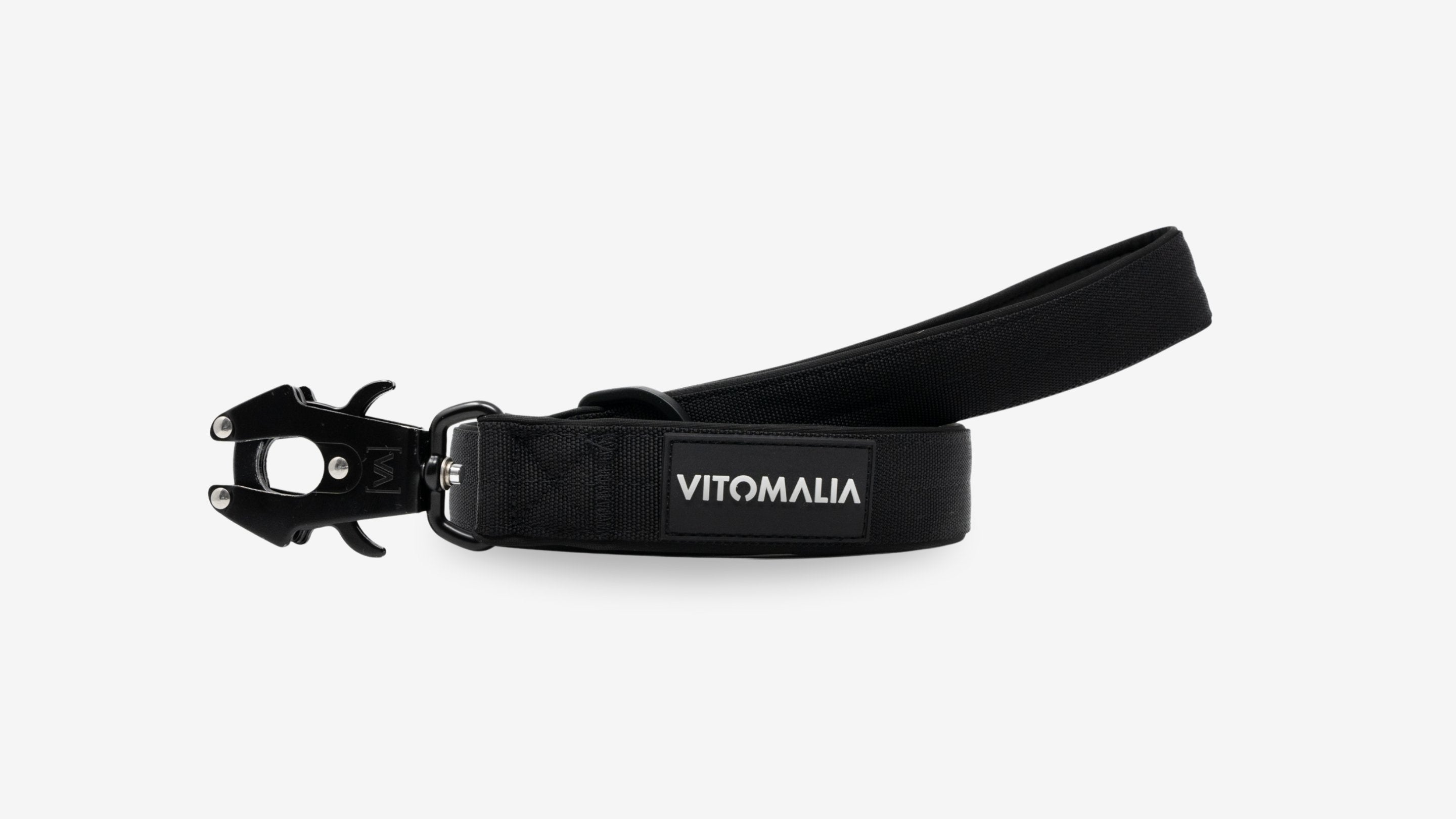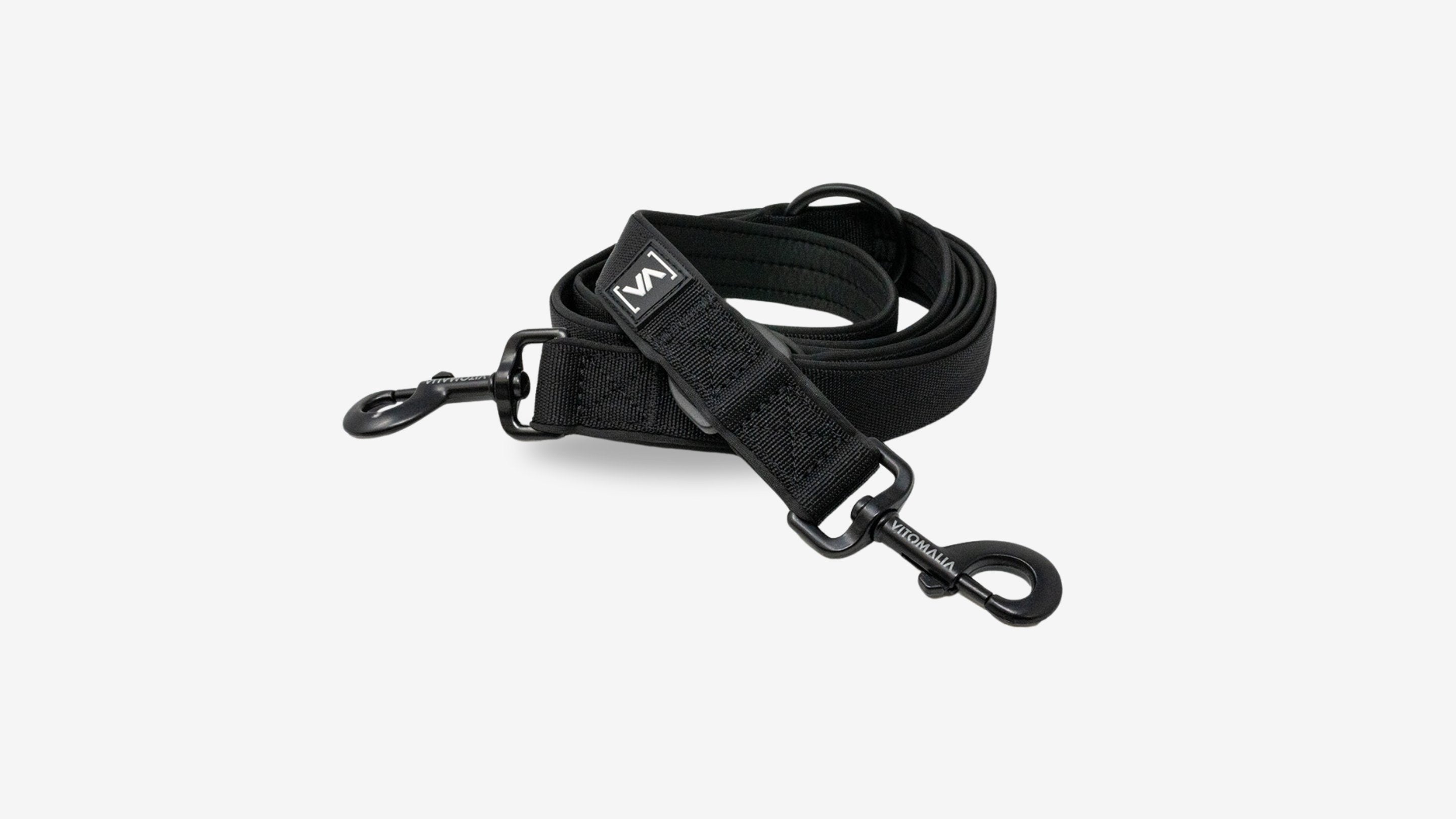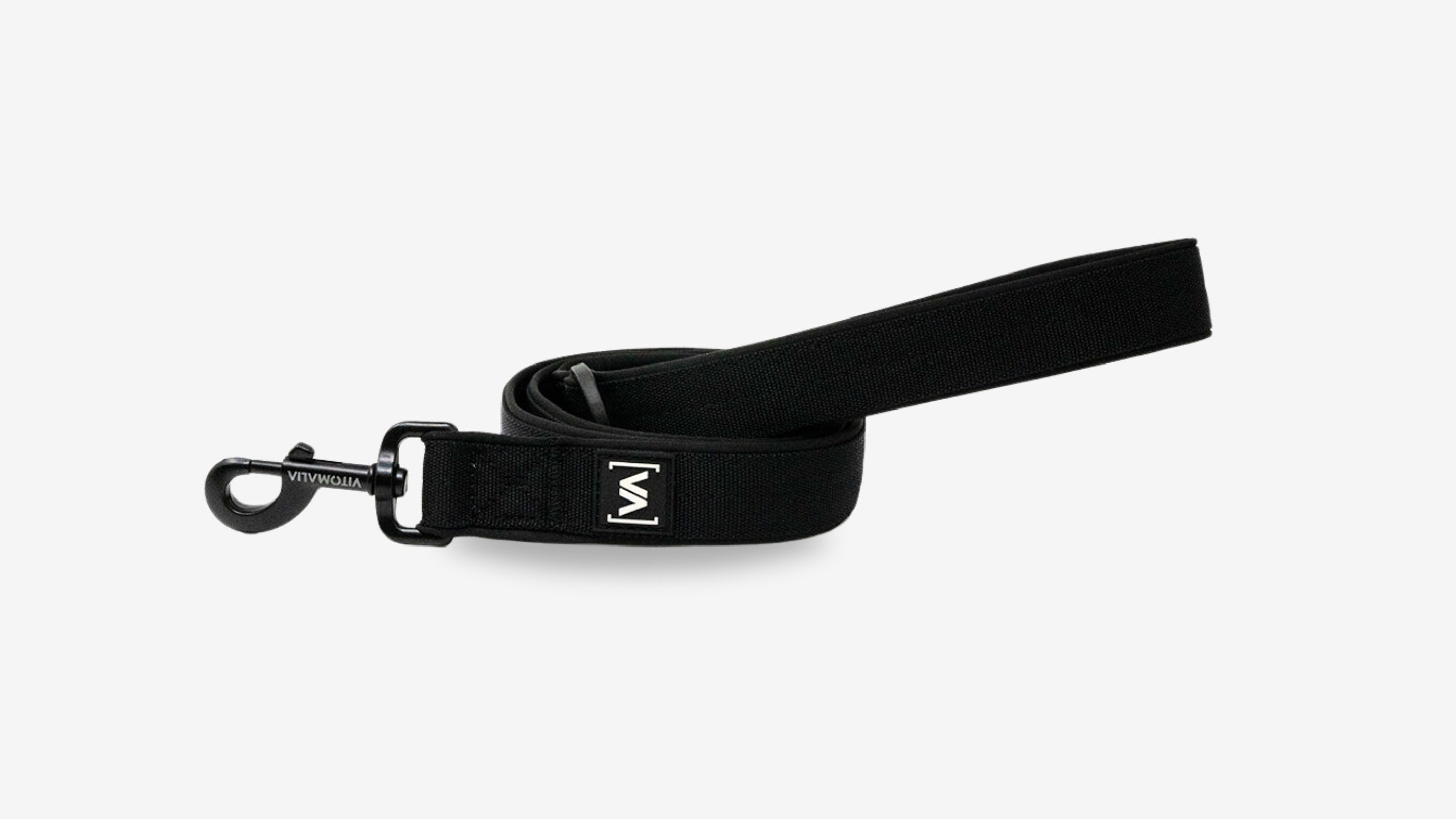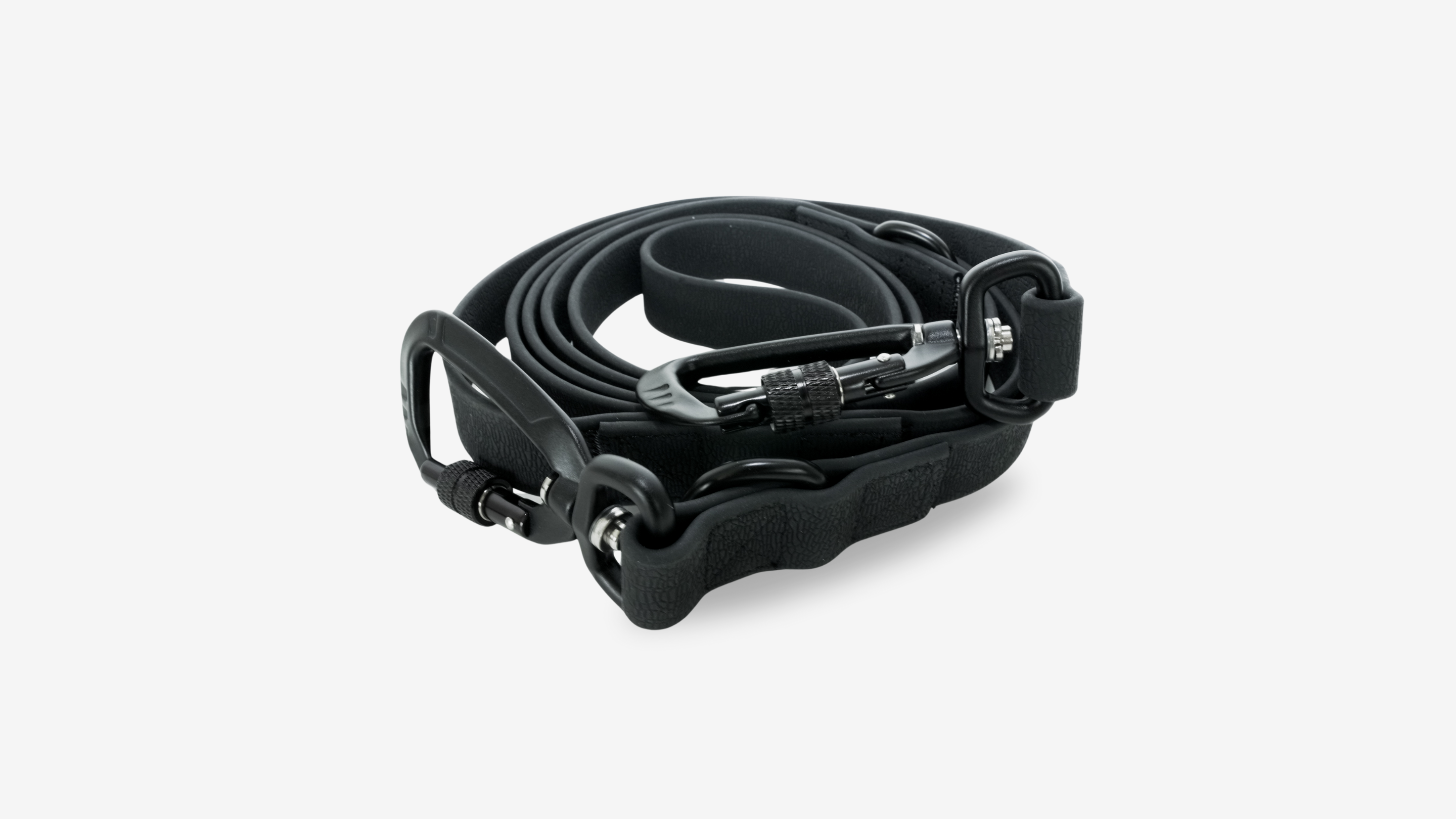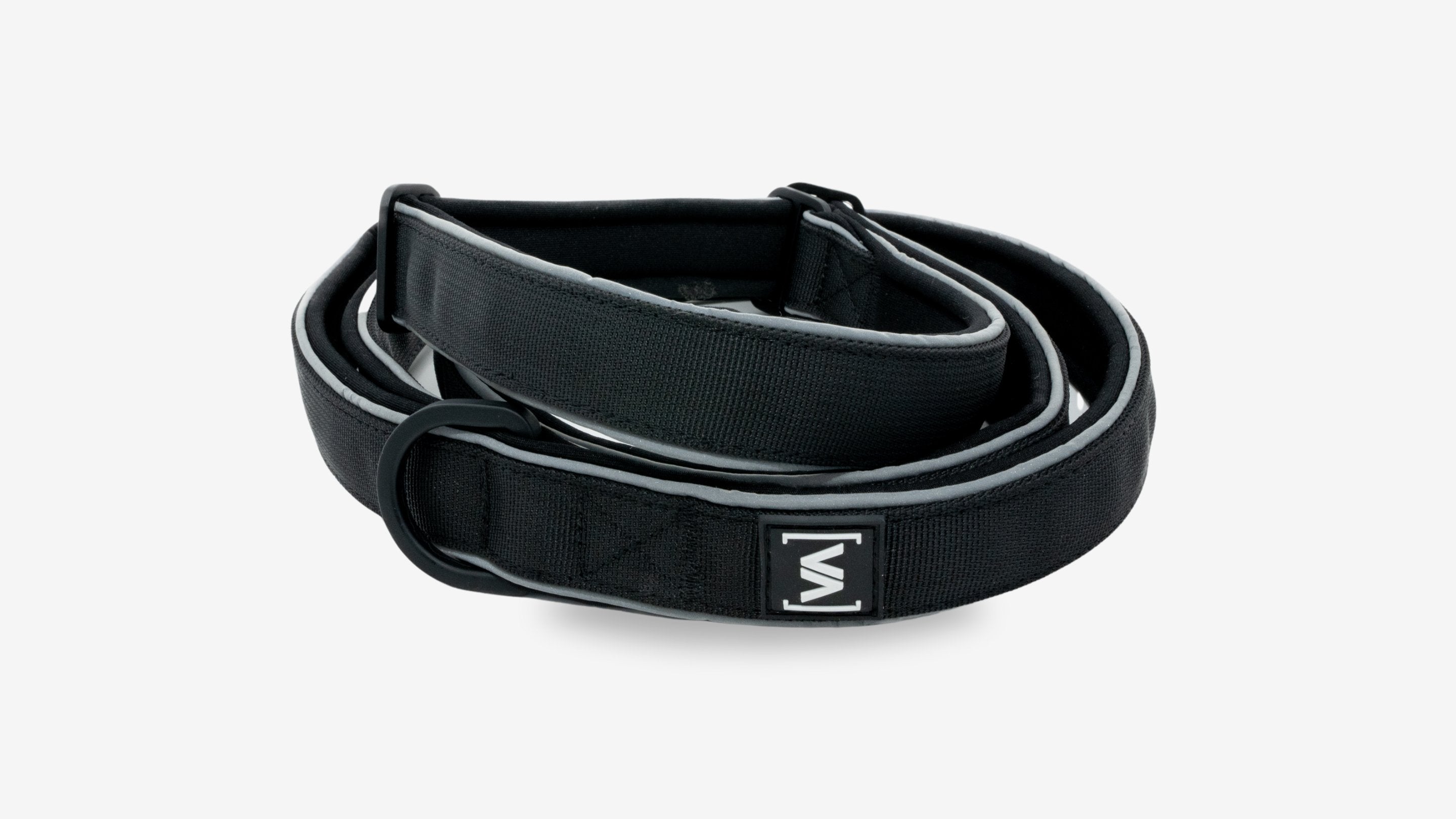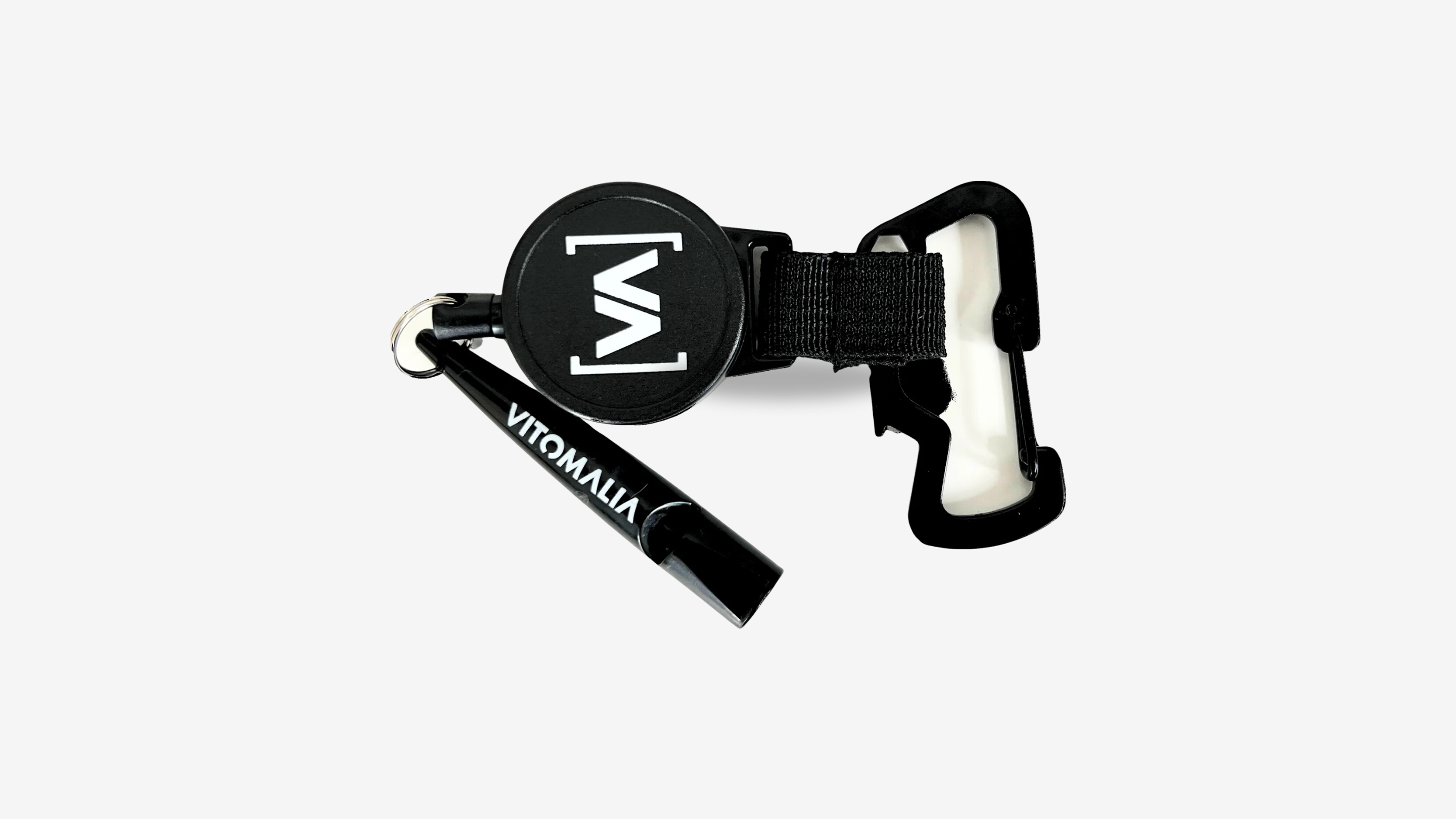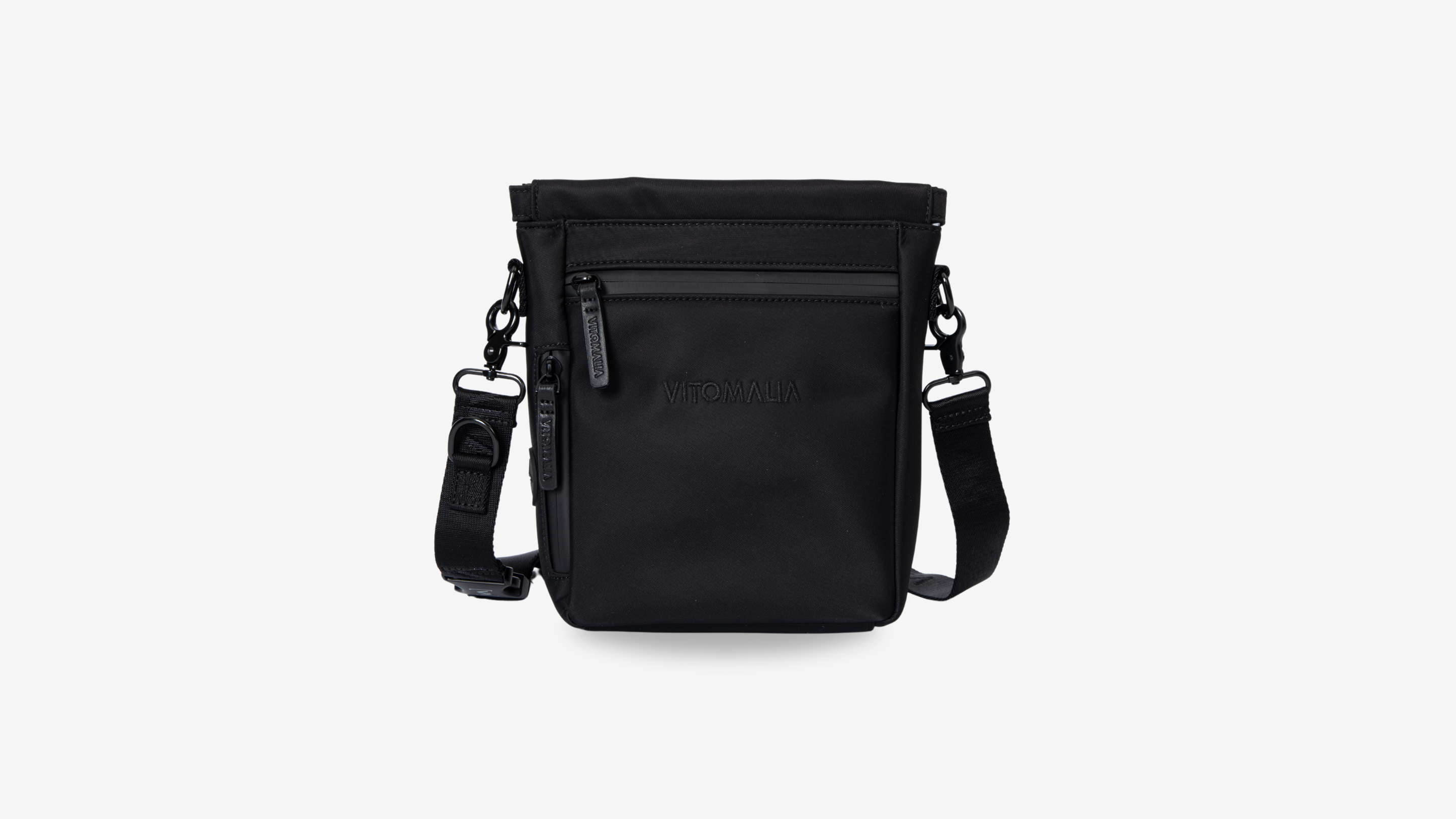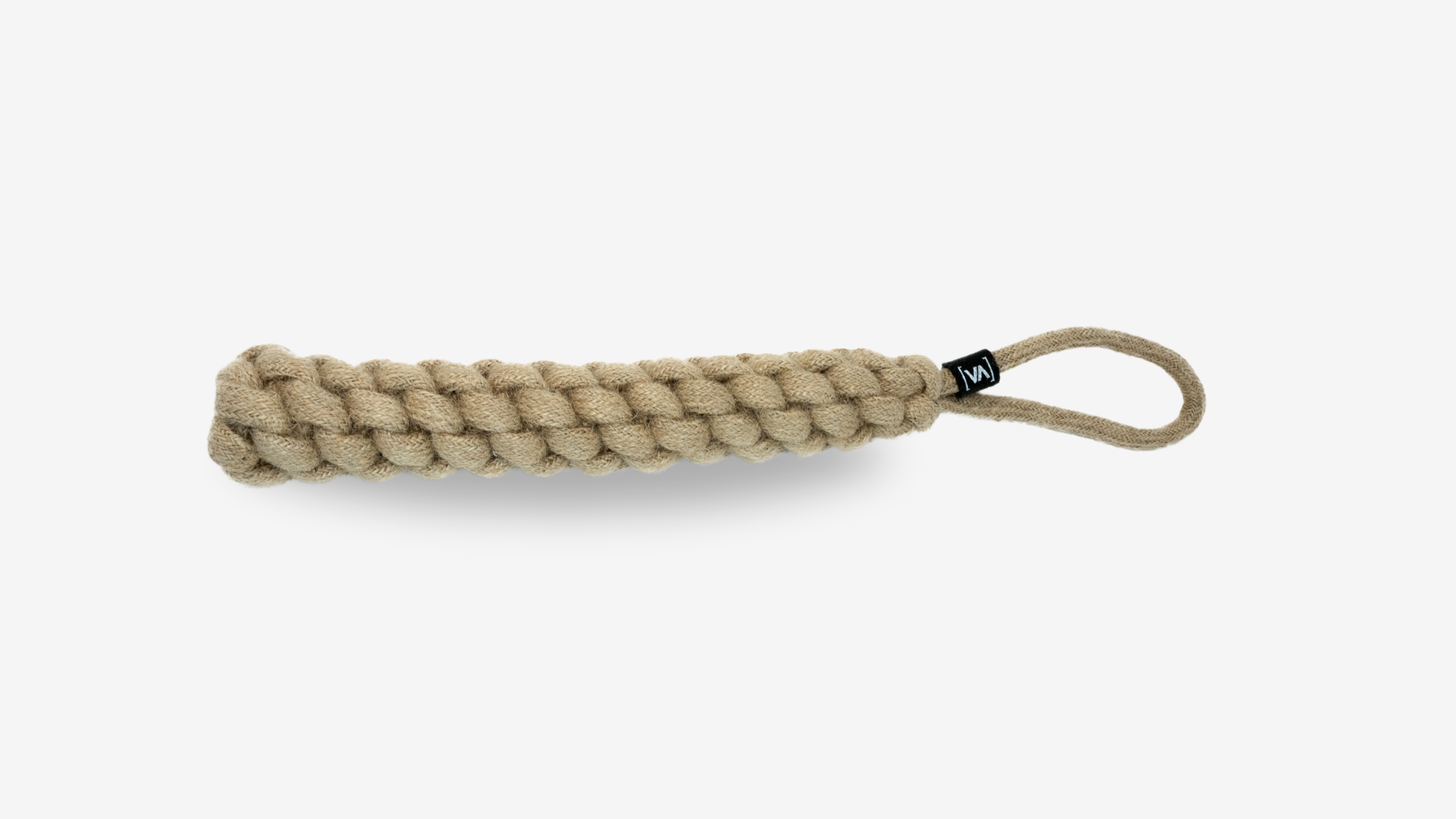Dawdling - The best activity to do with your dog
Introduction
You grab the leash and your four-legged friend, ready for your daily walk. The plan is simple: you want to complete the route as efficiently as possible in order to get home and complete the rest of your daily tasks. But have you ever thought that constantly pushing forward while walking is depriving your dog of the opportunity to truly explore his world? Have you ever heard of the meaning of “dawdling”?
Dawdling, i.e. slowing down and discovering, is an essential part of walking with your dog. Not only is it about letting your dog explore the world on his own time and at his own pace, but it can also improve his mental health and strengthen key behavioral traits like impulse control and frustration tolerance. Interested? Then let’s delve deeper into this topic and explore why dawdling is so important for your dog.
Table of contents
Why is dawdling important?
Why is dawdling important, you ask? Well, dawdling is more than just poking around and wasting time. In fact, it's an essential way for your dog to explore and understand the world. Dogs experience their environment primarily through their sense of smell. While we humans are primarily visually oriented, your dog perceives the world around him through his nose. Every blade of grass, every tree stump, every corner holds a wealth of information that is fascinating and insightful to him. When we push our dog to keep walking, we deprive him of the opportunity to fully “read” and “understand” his surroundings.
Dawdling allows your dog to explore his surroundings in his own way and at his own pace. He can pick up interesting smells, set markings and make his presence clear in his territory. This all provides mental stimulation, which is essential for your dog's mental health. It's like allowing him to read a book at his own pace instead of being rushed through the pages. Your dog gets the time for doggy behavior.
In addition to mental stimulation, dawdling also offers other benefits. It allows your dog to slow down and practice frustration tolerance and impulse control. Both are absolute game changers in dog training and make dog training easier. The recall and the ability to walk on a leash both improve with regular dawdling. It will greatly improve his quality of life and your relationship together.
impulse control
Impulse control is an important aspect of every dog's life. A dog with good impulse control can better manage his reactions in different situations, be it the sight of another dog, a cat, a squirrel, or simply recognizing tasty food. But the recall and leash walking are also significantly improved. So how exactly does dawdling support impulse control?
By doing nothing while dawdling, your dog learns to withdraw. People walking past or the stimuli of the surroundings are taken in, but not actively addressed. At the beginning it will be very difficult for your dog, but with daily dawdling breaks it will be easier for you and your dog not to react to external stimuli. Over time, this exercise can help your dog become calmer and more focused, rather than jumping from one stimulus to the next. Additionally, dawdling helps your dog learn how to deal with distractions.

Frustration tolerance
Frustration tolerance, i.e. the ability to deal with disappointment, is another important component in a dog's behavioral range. It helps your dog stay calm when things don't go his way.
So how does dawdling help promote frustration tolerance? If you keep pulling your dog along during a walk and don't let him sniff and explore the world in peace, this can lead to frustration. Typical frustrating actions such as biting the leash then occur. Your dog may feel as if his needs and interests are not being taken into account. This can manifest itself in unwanted behavior such as barking, pulling on the leash or even aggression. Dawdling allows him to practice patience and learn that it's okay if he doesn't get to his goal right away, without keeping the frustration level high. He can take the time to calmly explore every smell, every leaf and every blade of grass. This opportunity for control and self-direction can help reduce frustration and increase tolerance for delays or interruptions. So dawdling is not only a way for your dog to explore his world, but also an effective way to promote his frustration tolerance and improve his overall behavior and well-being.
Dawdling: The dog cinema
Sometimes doing nothing can be a lot to do. When it comes to being busy and busy, many people immediately think of exercise, playing ball and lots of action. Sometimes the opposite, namely coming down, is much more difficult and stressful. During every walk you can e.g. For example, you can just stand there and dawdle, or you can sit on a bench and relax a little while your dog learns to do nothing. It is important that your dog actively learns to do nothing and that you do not pay him any attention while doing so. Learning to tolerate frustration is simply part of it for your dog. Frustration arises when your dog's expectations are not met. Since many dogs expect action or at least exercise outside, doing nothing can become quite tiring. Mobbing, whining, barking, biting the leash, etc. is all part of it and does not require any attention from you for the time being.
- Build in a dawdling break of around 1-5 minutes every time you walk.
- To do this, stand in a quiet place or sit on a bench.
- At the beginning, you can offer your dog a chew to actively encourage him to stay.
- Over time, you should eliminate the chewing item.
- Neither your speech nor special praise is necessary for this activity.
- Stay active during this time not with your dog because your active attention prevents him from relaxing.
- The more you practice dawdling, the longer you can procrastinate.
Vitomalia's conclusion
In a world where we and our dogs are often faced with constant activity and movement, the art of doing nothing can be both a challenge and a valuable lesson. It is easy to equate activity with workload, but the quiet and the apparent “doing nothing” can be an intensive activity for our dog. During your walks, you can take simple breaks to dawdle or sit on a bench and relax while your dog learns to practice "doing nothing." However, this apparent “doing nothing” is by no means inactive. Rather, it requires active effort and patience from your dog, and it can become an important exercise in frustration tolerance. Learning to tolerate frustration is a central aspect of your dog's development. Learning to “do nothing” can therefore be a challenging but valuable exercise for your dog. It may seem paradoxical that “doing nothing” can do so much, but it is an important lesson in patience and self-control for your dog (and you).
What does dawdling mean when walking a dog?
Dawdling means that you consciously take time with your dog to do nothing and slow down. Your dog learns to observe and perceive the environment and practices his impulse control and frustration tolerance.
Why is dawdling good exercise for my dog?
“Doing nothing” is a valuable exercise in patience and frustration tolerance. It helps your dog learn that it's okay if he doesn't constantly move or get to his destination right away. This can help reduce unwanted behavior such as barking, leash pulling, or aggression.
Should I respond to my dog's behavior when he gets frustrated during "doing nothing"?
As your dog learns to dawdle, he may show signs of frustration, such as grumbling, whining, or barking. Initially, you should ignore these behaviors to help your dog learn to manage his frustration. However, if this behavior persists or escalates, you should first establish shorter dawdling breaks and gradually extend them. For particularly frustrated dogs, you can use a chew at the beginning to start dawdling slowly.
